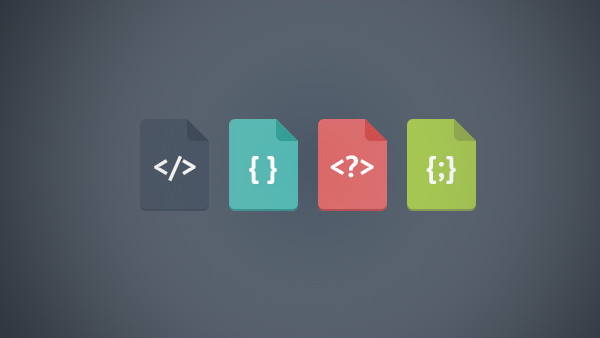The Exceptional Performance team has identified a number of best practices for making web pages fast. The list includes 35 best practices divided into 7 categories.
01.Minimize HTTP Requests---减少http请求
- simplify the page's design.
2.Combined files
3.Image maps
4.CSS Sprites
5.Inline images---are not yet supported across all major browsers.02.Use a Content Delivery Network---利用内容分发网络
请记住,最终用户响应时间的80-90%用于下载页面中的所有组件:图像,样式表,脚本,Flash等。这是性能黄金规则。 而不是开始重新设计您的应用程序架构的艰巨任务,最好先分散您的静态内容。 这不仅实现了响应时间的更大减少,但是由于内容交付网络更容易。
03.Add an Expires or a Cache-Control Header---添加过期或Cache-Control头
Browsers (and proxies) use a cache to reduce the number and size of HTTP requests, making web pages load faster.
04.Gzip Components---Gzip组件
05.Put Stylesheets at the Top---样式单置顶
06.Put Scripts at the Bottom---脚本置底
07.Avoid CSS Expressions---避免css表达式
08.Make JavaScript and CSS External---外置js和css
09.Reduce DNS Lookups---减少DNS查找
10.Minify JavaScript and CSS---缩小js,css
11.Avoid Redirects---避免重定向
12.Remove Duplicate Scripts---移除重复脚本
13.Configure ETags---配置ETages
14.Make Ajax Cacheable---让ajax可缓存
15.Flush the Buffer Early---尽早清理缓存
16.Use GET for AJAX Requests---利用GET做ajax请求
17.Post-load Components---后加载组件
18.Preload Components---前加载组件
19.Reduce the Number of DOM Elements---减少DOM元素数量
20.Split Components Across Domains----跨域分割组件
21.Minimize the Number of iframes---减少iframs数量
22.No 404s
23.Reduce Cookie Size
24.Use Cookie-free Domains for Components
25.Minimize DOM Access
26.Develop Smart Event Handlers
27.Choose <link> over @import
28.Avoid Filters
29.Optimize Images
30.Optimize CSS Sprites
31.Don't Scale Images in HTML
31.Make favicon.ico Small and Cacheable
33.Keep Components under 25K
34.Pack Components into a Multipart Document
35.Avoid Empty Image src
继续浏览精彩内容
慕课网APP
程序员的梦工厂
打开
继续
感谢您的支持,我会继续努力的
赞赏金额会直接到老师账户
将二维码发送给自己后长按识别
微信支付
支付宝支付
提升网站性能最佳实践
 2016-12-16 17:58:32
浏览 2763
2016-12-16 17:58:32
浏览 2763
提升网站性能最佳实践---Best Practices for Speeding Up Your Web Site
- 相关标签
- Html/CSS
- JavaScript
- 前端工具
 随时随地看视频慕课网APP
随时随地看视频慕课网APP
相关课程







